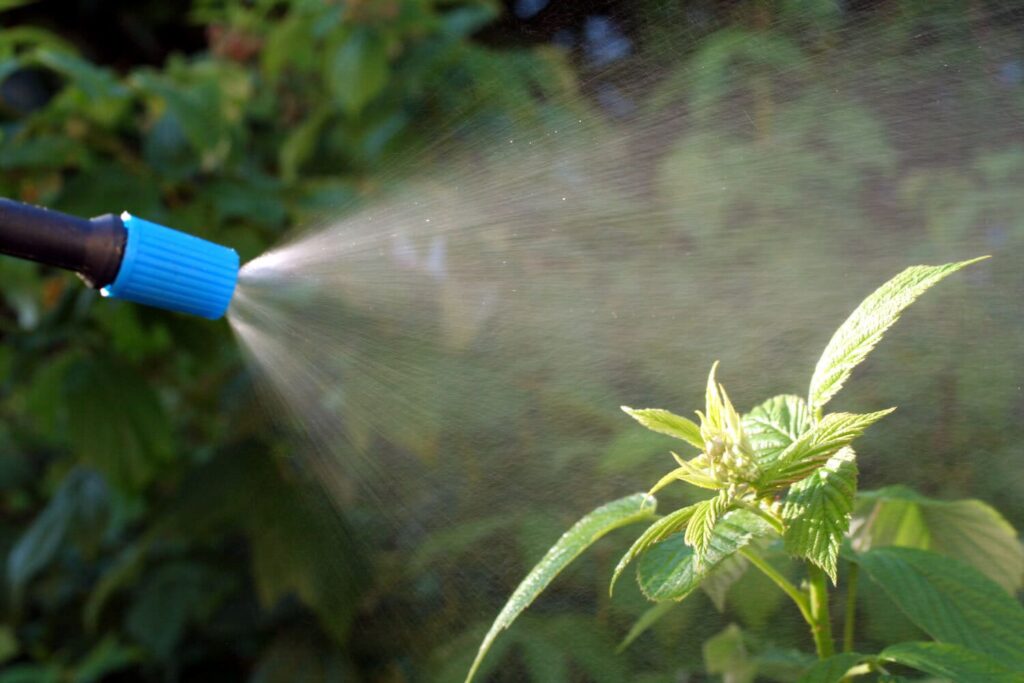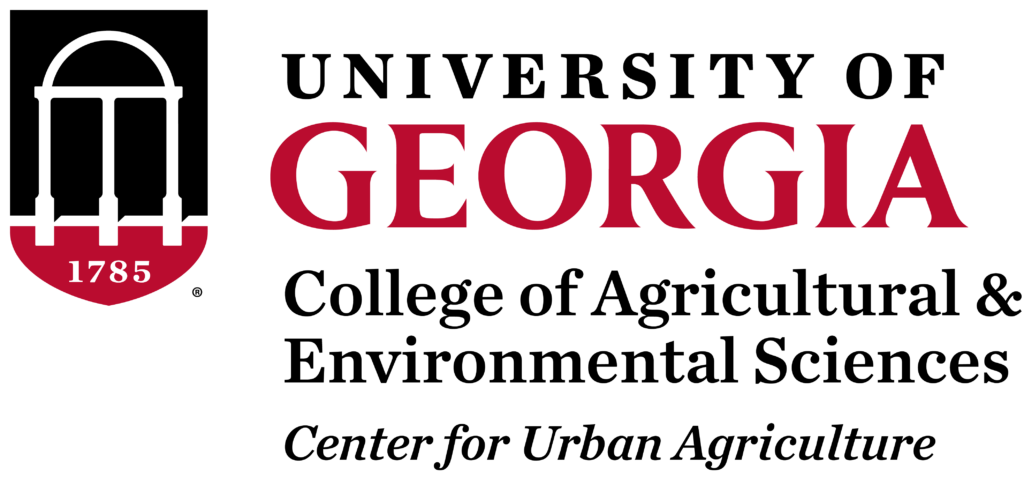Control Methods
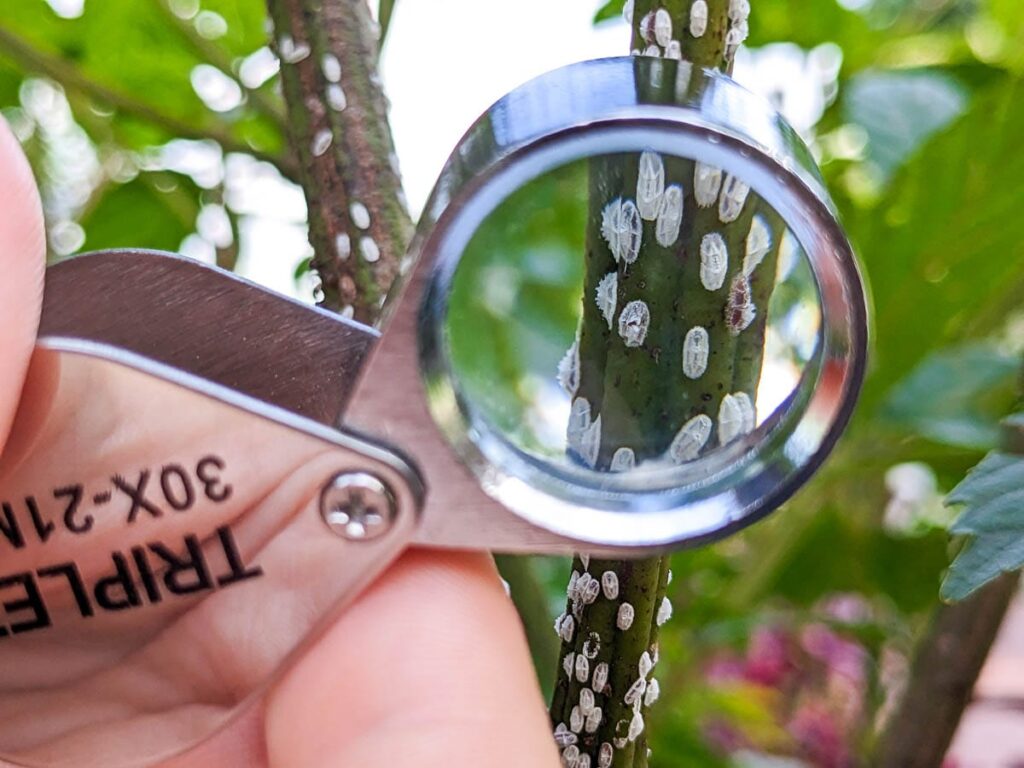
Physical Control
Physical control consists of the manual removal of weeds, insects, or the pathogen sources or using traps or barriers to keep the pest from their host source.
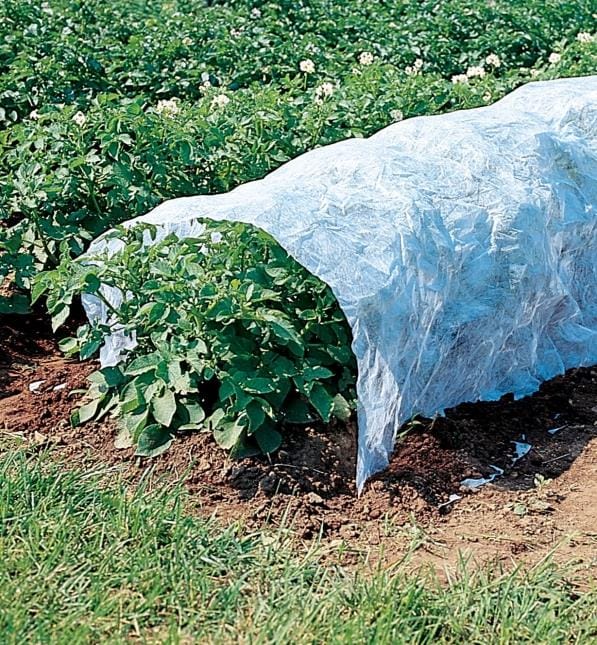
Cultural Control
Cultural control methods include crop rotation, proper sanitation, and selecting resistant plant varieties to prevent pest problems.
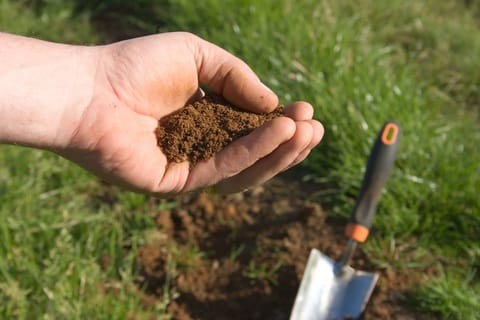
Biological Control
Biological control (or biocontrol) is an important component of integrated pest management programs where living organisms are used by a human stakeholder to suppress the population of a specific pest, making it less abundant and less damaging than it would otherwise be.
Types of biological control:
- Natural biological control: Populations do not require human intervention
- Conservation biological control: Resident natural enemy populations require human intervention
- Augmentative biological control: Non-resident populations are introduced but not expected to establish long-term
- Classical biological control: Non-resident populations are introduced and expected to establish long-term
Management of pests in CEA typically requires the use of non-resident natural enemy populations, as CEA facilities are semi- or completely closed systems that do not support the emigration of natural enemies from the surrounding environment. Common beneficial organisms include:
- Generalist predators (e.g., Orius insidiosus for whiteflies and thrips)
- Predatory specialists (e.g., Phytoseiulus persimilis for mites)
- Parasitic wasps (e.g., Aphidius ervi for aphids)
- Entomopathogenic nematodes (e.g., Steinernema feltiae for fungus gnats and thrips)
- Entomopathogenic fungi (e.g., Cordyceps javanica for many soft-bodied insects)
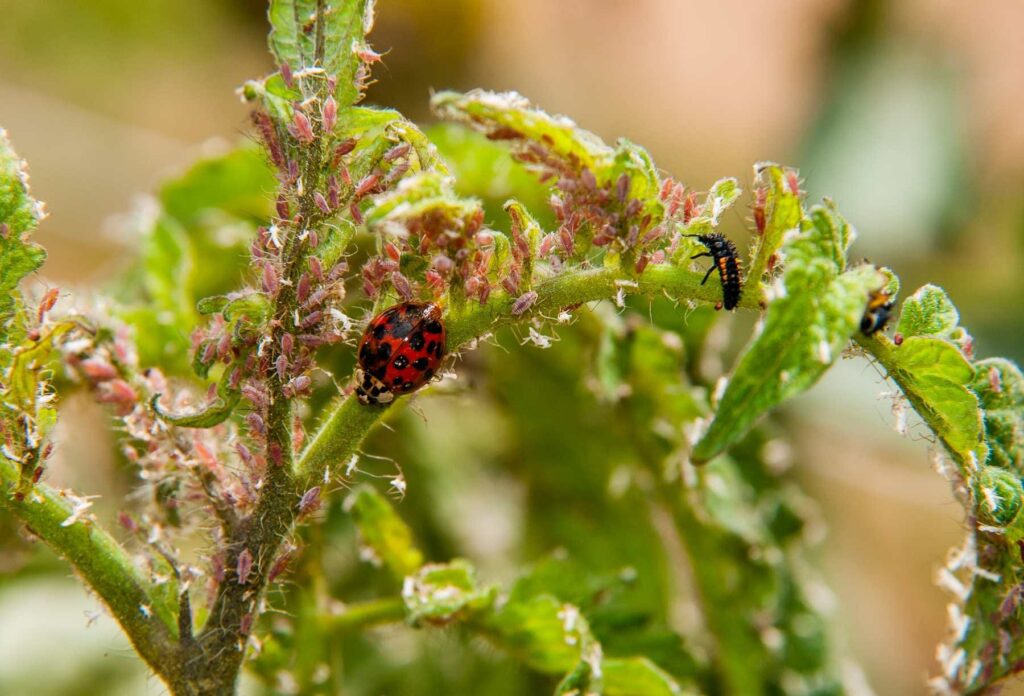
Chemical Control
Chemical control should be used judiciously as part of an IPM program. Always follow label instructions and choose the least toxic effective option.
